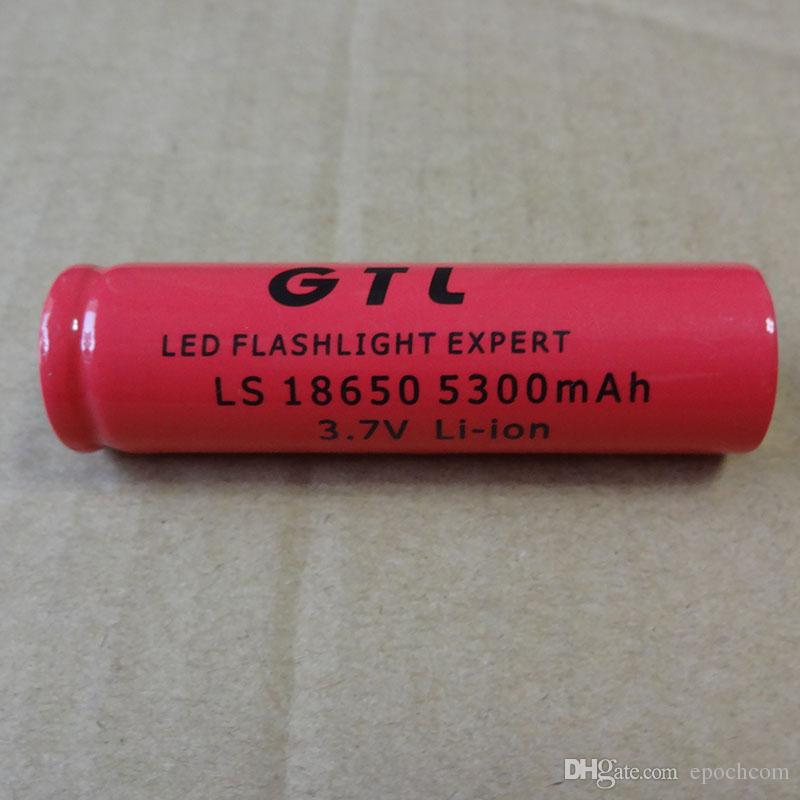Main menu
You are here
Lithium Ion batteries
[last updated: 2022-09-01]
batteries - home page
charging LiPo batteries
(link to:) great tutorial on Li batteries from Roger's Hobby Center
-----
- Lithium Ion batteries - also called: Li-ion, and sometimes LiCo
Generally cylindrical, though most often packaged in bundles of 3 or more - Lithium Ion Polymer - also called Li-Poly or LiPo
Often packaged in thin flat packs - Both Li-Ion and Li-Poly have similar chemistry and properties, only differing in how they're packaged.
- Cell voltage:
- Most common is 3.7 / 4.2
This means nominal voltage of the cell is 3.7v, and max charge is 4.2v
At 3.4v the battery is considered "dead", and absolute minimum voltage is 3.0v, and you should never discharge them below this. - Earlier technology and chemistry had batteries that were 3.6v nominal and 4.1v max charge
- More recent technology makes batteries with 4.35v max
- The battery should be labeled to show it's nominal and max voltage rating.
- Never charge a battery at a higher voltage than it's designed to handle.
You likely will permanently damage the battery, but also might cause a fire. - I have bunches of Li-ion batteries:
6600 mAh battery pack from Adafruit (PID: 353).
I also have a dozen or so of the 18650's pictured above. - Disposal:
- First fully discharge the battery to 0.0v:
Put a small load across the battery, perhaps an incandescent flashlight or car turn-signal bulb
then: submerge the battery in a saturated warm salt water bath, for at least 24 hrs until battery voltage is 0.0v
dispose in trash (they're not environmentally dangerous) - Notes:
- lifespan: 150 - 250 cycles
- fire risk if punctured
- light weight, high power capacity, high discharge rate
- charge at constant current up to 4.2v, then charge at constant voltage (4,2)
charge at 1C
--------------------------------------------------
- References/Links:
.
.
.
eof
